 Patients and family members wait for care at St. Boniface Hospital, which treats almost 100,000 patients annually.
Emile Manigat, USAID
Patients and family members wait for care at St. Boniface Hospital, which treats almost 100,000 patients annually.
Emile Manigat, USAID
 Patients and family members wait for care at St. Boniface Hospital, which treats almost 100,000 patients annually.
Emile Manigat, USAID
Patients and family members wait for care at St. Boniface Hospital, which treats almost 100,000 patients annually.
Emile Manigat, USAID
Speeches Shim
Four-year-old Nadine arrived at St. Boniface Hospital in Fond-des-Blancs, Haiti, via helicopter in late April with pneumonia and complications that led to a collapsed lung.
Her condition would have been life-threatening anywhere. Yet in Haiti, a country with low access to health care, it could have been a death sentence. Most patients travel the rocky path to the facility by motorcycle, and hundreds make the trek daily to get to the only full-service hospital in Haiti’s southern peninsula. Nadine and her parents traveled from L’Asile, nearly two hours west of Fond-des-Blancs and St. Boniface.
The doctors at St. Boniface performed laparoscopic surgery, a minimally invasive procedure that uses a small video camera. With the new equipment and a new operating suite, Nadine’s surgery was only the second time the St. Boniface medical team had performed a surgery using this technique—and it was their first time on a child.
Nadine’s surgery was a success. She recovered quickly and, after a few days, she was heading home with smiles.
Just a few months ago, space would have been limited for Nadine’s life-saving procedure. St. Boniface Hospital had one surgical room, causing doctors to compete for space and limiting the hospital’s surgical capacity to 170 cases a month, primarily emergencies. Hospital staffers often worked 15 hour-plus days just to accommodate their patients.
“Higher priority cases, like mother and child emergencies, usually got preference,” said Dr.Willy Fils Jean-Louis, a surgical resident at Hôpital Universitaire de Mirebalais who is temporarily working at St. Boniface. “That impacted not only patients but caused an inequality among residents outside of that specialty.”
St. Boniface completed the construction of its new surgical ward, supported by a grant from USAID’s Office of American Hospitals and Schools Abroad. The space includes three operating rooms with pre- and post-operation areas for patients.
With the new ward, St. Boniface staff can handle up to three emergencies at one time, and 240 cases a month. Staffers have cut back their time at work to about nine hours a day.
“Our staff hasn’t changed, our space has,” said Dr. Luther Ward, the hospital’s chief of surgery. “It is allowing us to work more efficiently and increased our patient load and our standard of care.”
This photo essay gives a glimpse of the hospital staff at work in the updated facility, which also receives USAID assistance to repair biomedical equipment, rehabilitate paralyzed patients with spinal cord injuries, and strengthen primary health care services, including maternal and child care.


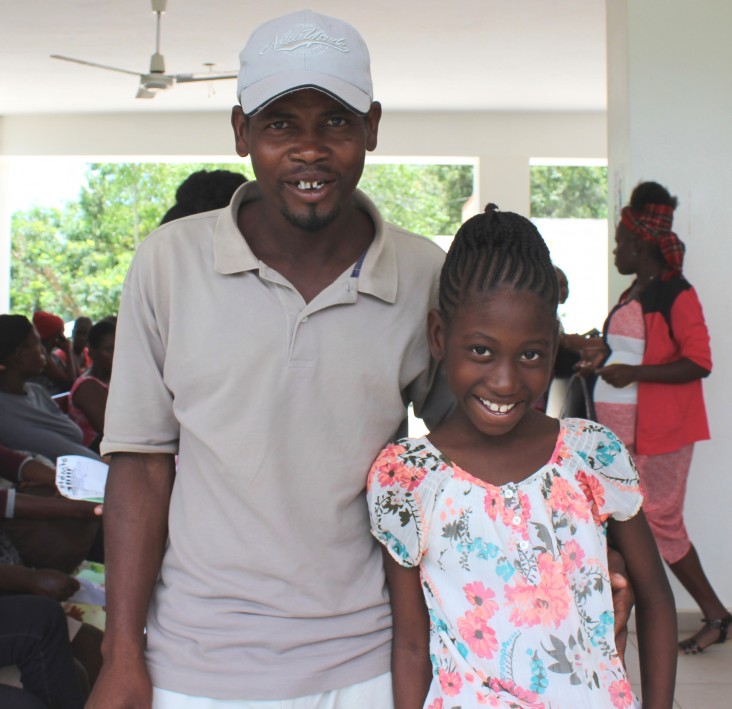
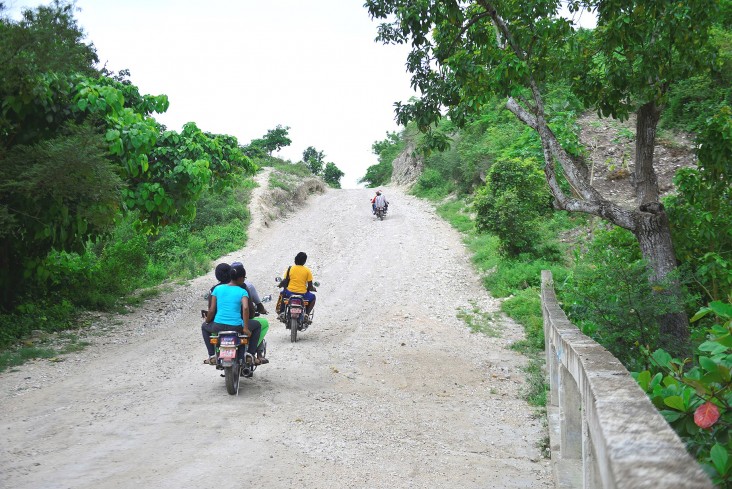
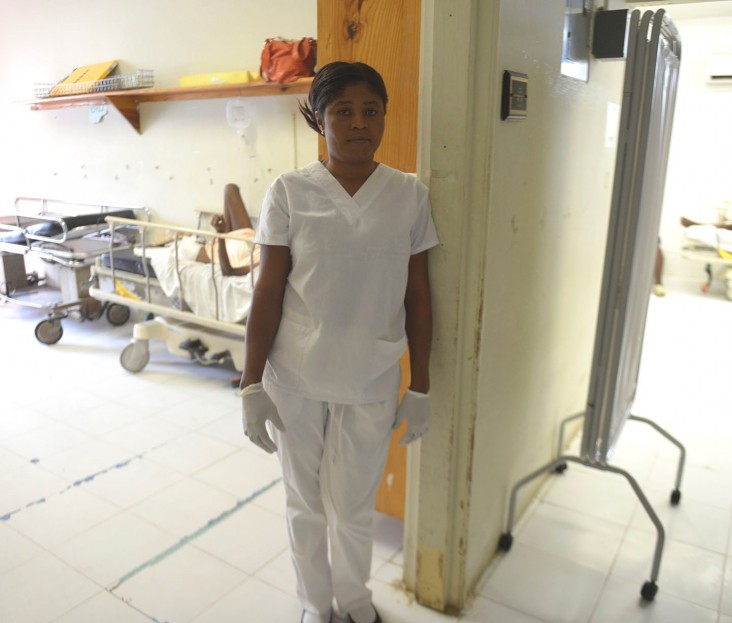
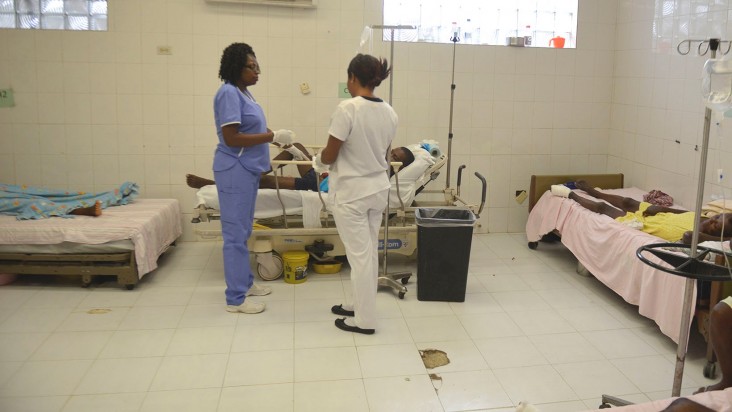
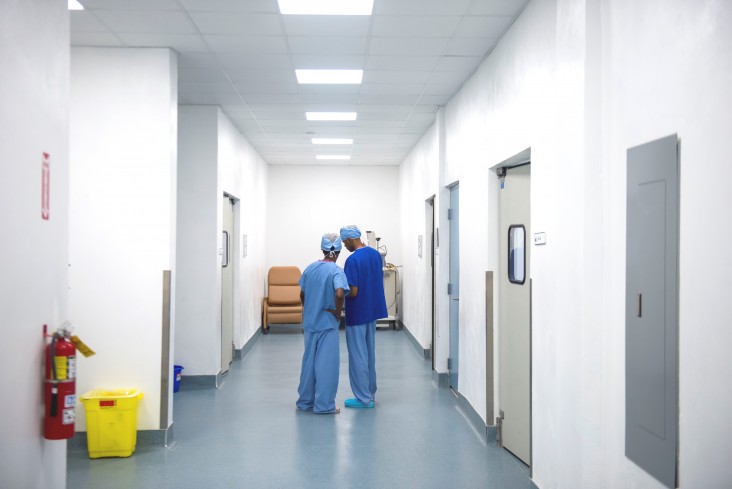
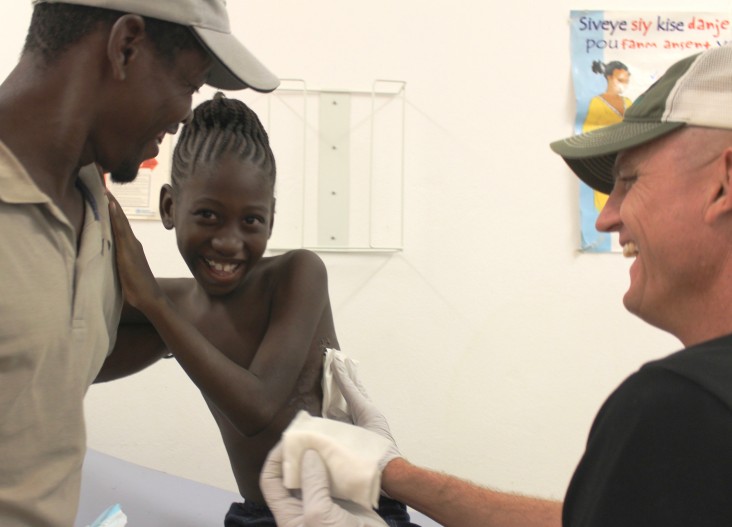
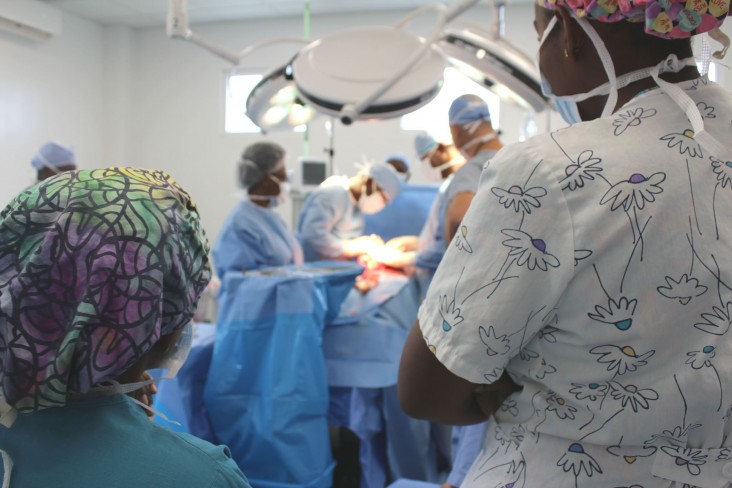
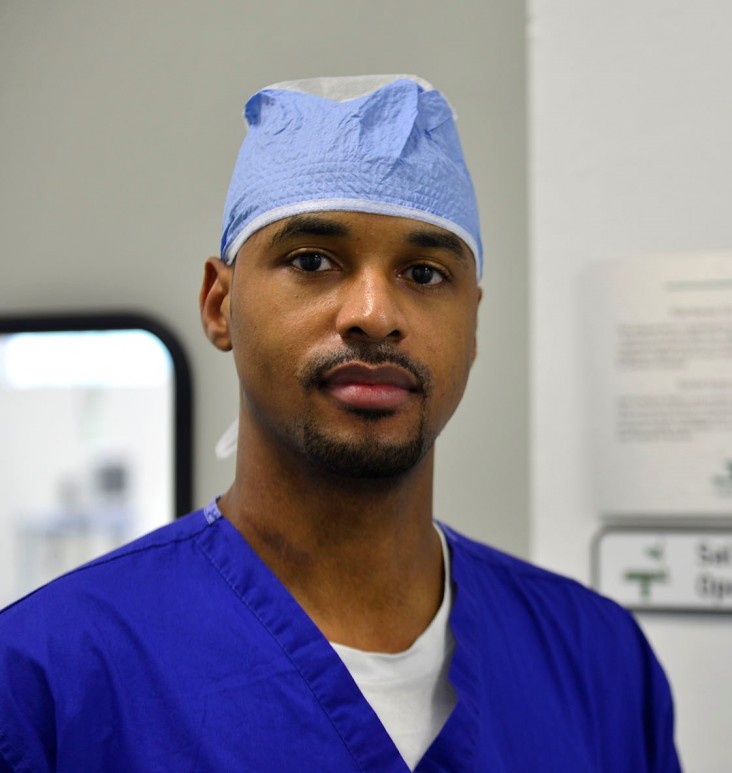
Comment
Make a general inquiry or suggest an improvement.